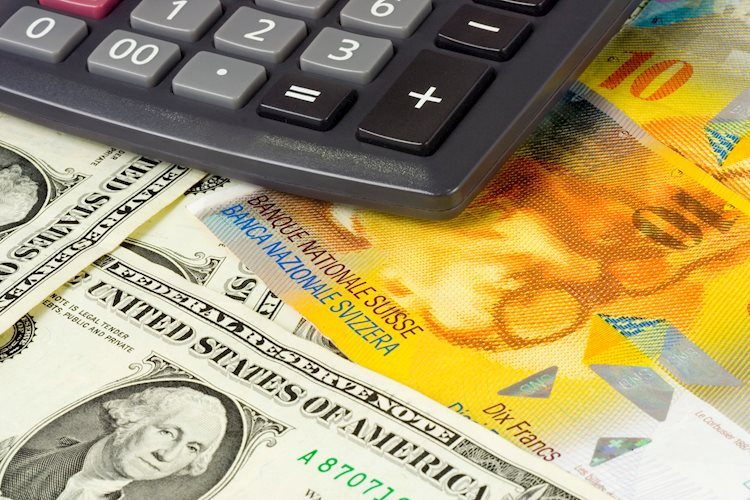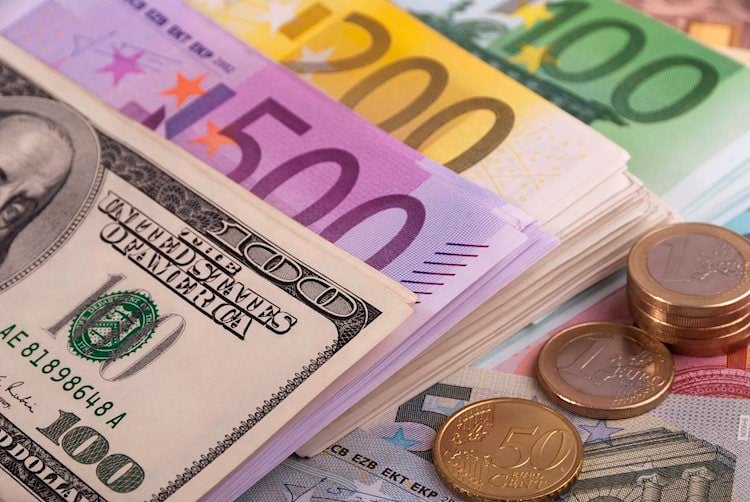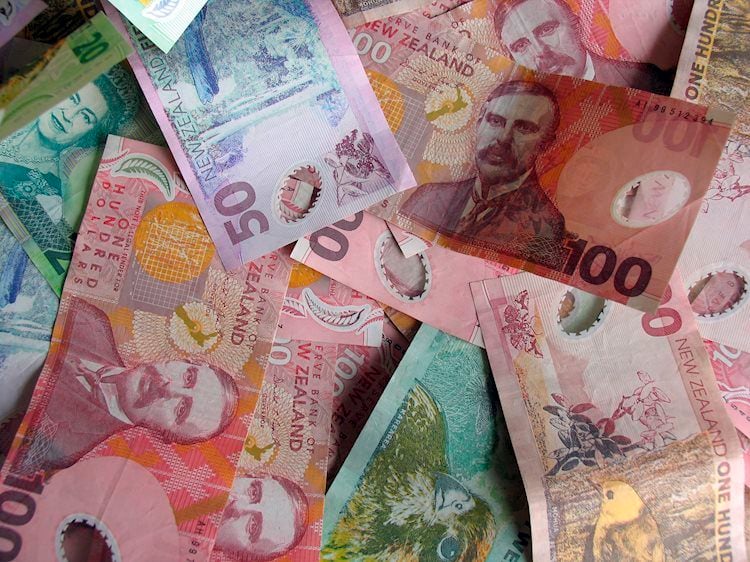As the greenback sways, gold bears are putting pressure on the daily support structure.
On Thursday, the US dollar was pulled down by euro and US statistics.
Gold is down about 0.3 percent at the time of writing, having fallen from a high of $1,818.40 to a low of $1,794.45 on Thursday.
The decline in gold came despite a weaker US dollar, which fell from a three-month high on Thursday.
The European Central Bank announced a new inflation target, driving the euro higher and putting bearish pledges in the larger bear trend to the test.
The dollar was also hurting as statistics revealed that the number of Americans filing new unemployment claims increased unexpectedly last week, contradicting the market’s expectations for a more hawkish central bank.
The minutes of the US Federal Reserve’s June policy meeting, released the day before, revealed that Fed members agreed that if inflation or other concerns arose, they should be ready to act.
“The bottom line is that some are pushing for tapering sooner rather than later, while others are advising patience.” Despite the fact that the economic recovery “was generally seen as not having yet been met,” some Fed members saw the conditions for tapering being met sooner than they had anticipated at previous meetings. With this division in place, it appears that tapering is unlikely to happen anytime soon,” Brown Brothers Harriman analysts explained.
“While we anticipate the debate to continue and intensify during the July 27-28 meeting, we do not believe the Fed will commit to tapering at this time.” “However, we continue to believe the Fed will begin to taper before the end of the year, and we expect further clarity at the August Jackson Hole Symposium or the September 21-22 FOMC meeting.”
According to a Reuters poll, the central bank will publish a strategy for slowing its asset purchases in August or September.
The majority of those questioned believe the first drop to its bond-buying program will take place early next year, with around a third predicting it will happen in the fourth quarter of this year.
Meanwhile, the dollar index DXY, which compares the greenback to six rival currencies, lost 0.5 percent to 92.25 on Thursday, after reaching 92.844 for the first time since April 5.
The index is currently trading at 92.417, up 0.31 percent from its lows, after completing a restest of the W-neckline formation’s as follows:
If the formation’s support holds, the price is projected to increase to test the early April old support, which has now turned resistance, putting pressure on the gold price.
However, TD Securities analysts say that the pricing for Fed rises is still overly aggressive from a fundamental standpoint.
“Gold is getting a bid as global macro investors reprice inflation tail risk, with rates markets pricing in the demise of the reflation trade. As the market tries to pin down the Fed’s exit strategy, we trust data,” they said.
The analysts also claim that the precious metals complex continues to trade at a dismal discount to real rates, indicating that speculators aren’t eager to acquire the yellow metal just yet.
“In the end, we believe the precious metals have staying power since inflation should be temporary, implying that market pricing for Fed policy is overly aggressive.”
With gold already holding its uptrend, this scenario might trigger a return of institutional interest, resulting in prices firming north of $1900 per ounce.”
The price has been rejected after reaching a 38.2 percent Fibonacci retracement of the mid-June bearish impulse.
The bull’s commitment to the correction is being tested by the pressure on the support structure, and the price is projected to penetrate to at least the 38.2 percent, if not the 50 percent Fibonacci landmarks in the 1,790s and 1,780s./n





